Explore India's biodiversity hotspots, like the Himalayas and Western Ghats. Learn about unique ecosystems, conservation challenges, and successful initiatives for a sustainable future.

A biodiversity hotspot refers to a biogeographic place with giant degrees of biodiversity that face ongoing threats of habitat loss and degradation. These areas are characterised by using high concentrations of endemic species, that means species observed nowhere else on Earth, in addition to numerous species going through the hazard of extinction. Biodiversity hotspots are essential for worldwide conservation efforts because of their wealthy biological variety and the urgent need to guard them from further environmental degradation.
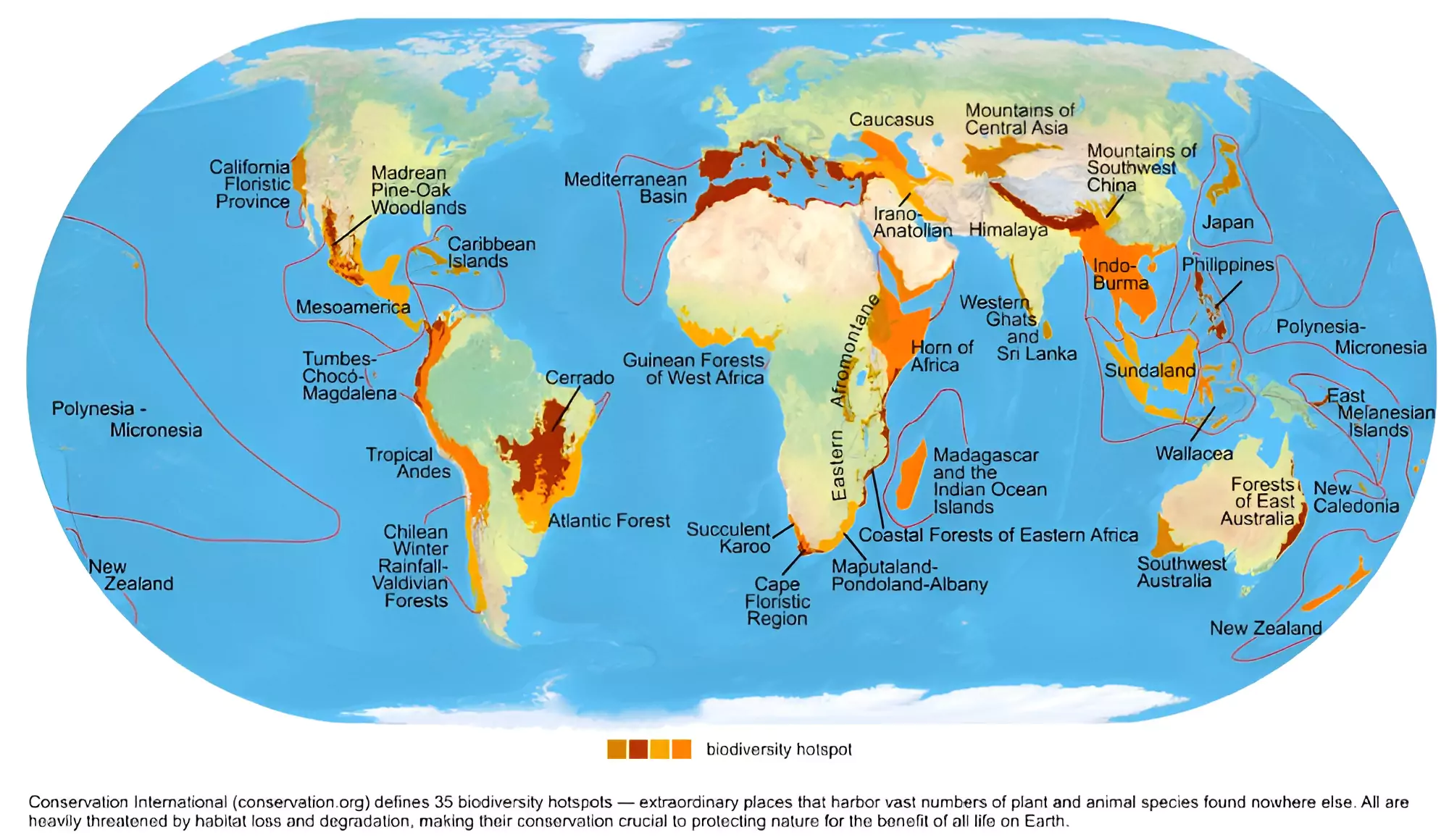

This Biodiversity hotspot is heaven for a lot of massive birds and mammals, which include vultures, tigers, elephants, rhinos, and wild water buffalo.
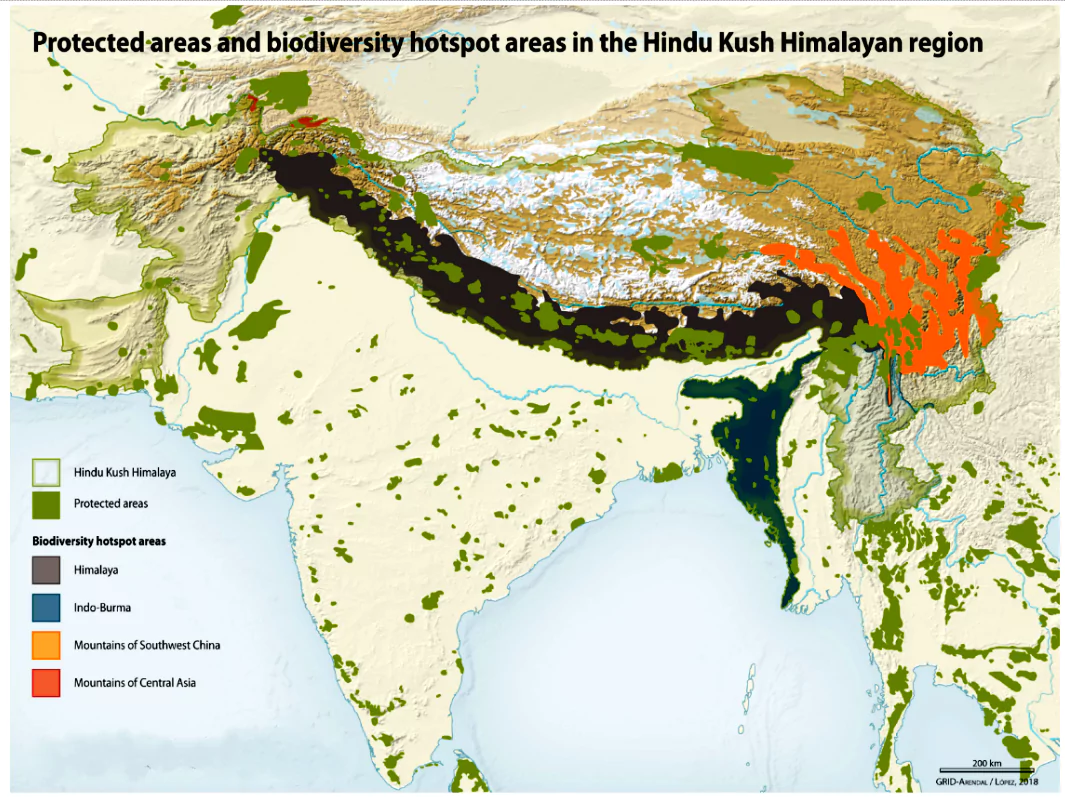
The elevation gradient within the Himalayan Mountains results in a mosaic of ecosystems, from subtropical broadleaf forests along the foothills to temperate broadleaf forests, combined conifer forests, and alpine meadows at better elevations. Vascular flora have been documented at elevations exceeding 6,000 meters, showcasing the adaptability of life in this specific and difficult environment.
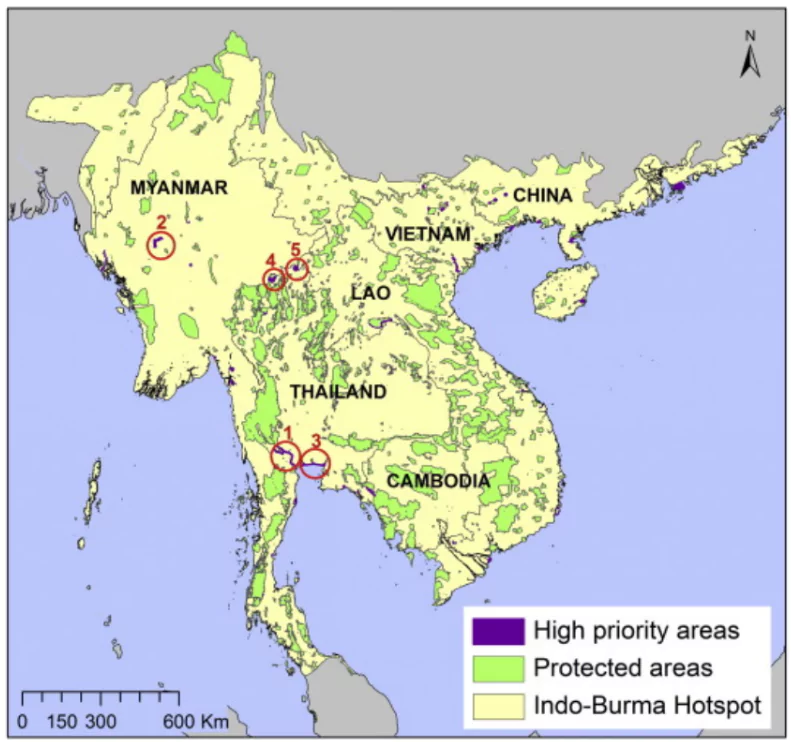
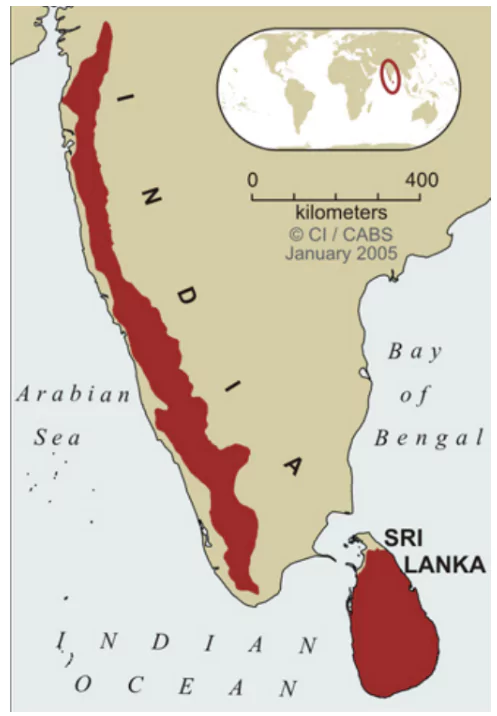
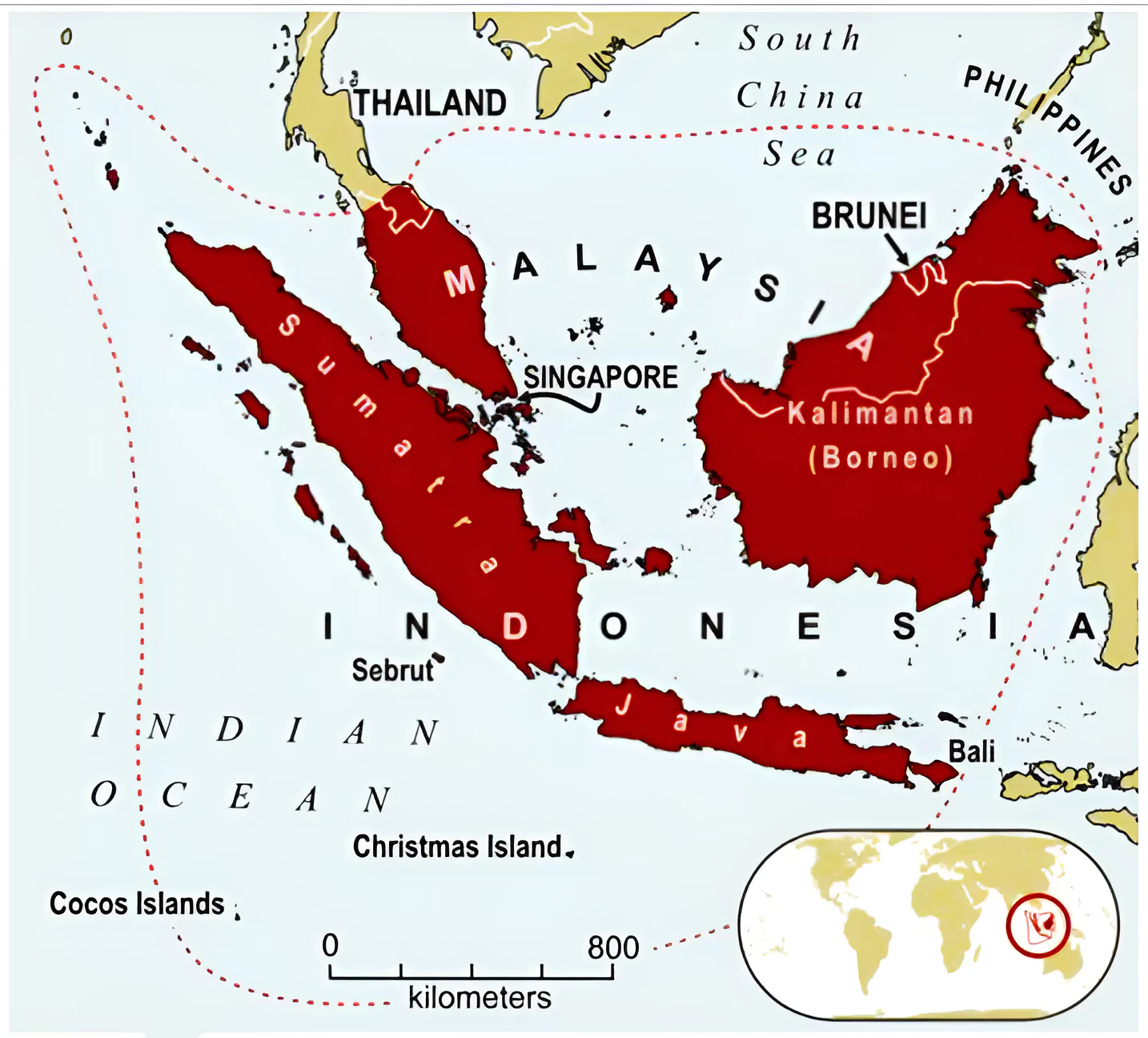
Success Stories in Biodiversity Conservation within Hotspot Regions:Western Ghats, India: The Agasthyamalai Community Conservation Centre (ACCC) engages nearby communities in conservation activities, mainly to the protection of critical habitats and the recuperation of threatened species. Atlantic Forest, Brazil: The established order of covered regions and healing initiatives within the Atlantic Forest has resulted within the conservation of biodiversity hotspots and the restoration of endangered species including the golden lion tamarin. Cape Floristic Region, South Africa: Collaborative conservation efforts concerning government groups, NGOs, and nearby groups have caused the restoration of degraded habitats and the conservation of endemic plant species in the Cape Floristic Region. |
|---|
| Must Read | |
| NCERT Notes For UPSC | UPSC Daily Current Affairs |
| UPSC Blogs | UPSC Daily Editorials |
| Daily Current Affairs Quiz | Daily Main Answer Writing |
| UPSC Mains Previous Year Papers | UPSC Test Series 2024 |
A biodiversity hotspot is an area with high species variety and sizable conservation price. It must incorporate at least 1,500 species of vascular vegetation and feature misplaced at least 70 percent of its number one native plants.
The time period was coined by Norman Myers, a British environmentalist, within the 1980s and popularized with the aid of Conservation International in 1989.
There are 36 diagnosed biodiversity hotspots global, every dealing with tremendous conservation demanding situations.
Examples of Biodiversity Hotspot includes the Himalayas, Western Ghats, Indo-Burma, and Sundaland, each characterized with the help of particular ecosystems and high species variety.
Major threats include habitat loss, deforestation, overexploitation of natural assets, poaching, weather trade, and invasive species.
Conservation techniques include establishing protected areas, habitat restoration, network engagement, studies, tracking, and coverage advocacy.
Biodiversity hotspots are critical for worldwide conservation efforts due to the fact they harbor a considerable part of the world's biodiversity. Protecting those regions enables safeguarding numerous endemic species and ecosystems from similarly degradation and extinction.
Indigenous communities often serve as stewards of their ancestral lands, owning valuable conventional expertise approximately local biodiversity and sustainable aid management practices. Collaborative partnerships between indigenous businesses, conservation corporations, and governments can beautify conservation results by means of integrating conventional understanding with modern conservation techniques.
Examples of a success conservation tasks within hotspot regions consist of the Agasthyamalai Community Conservation Centre within the Western
<div class="new-fform">
</div>
